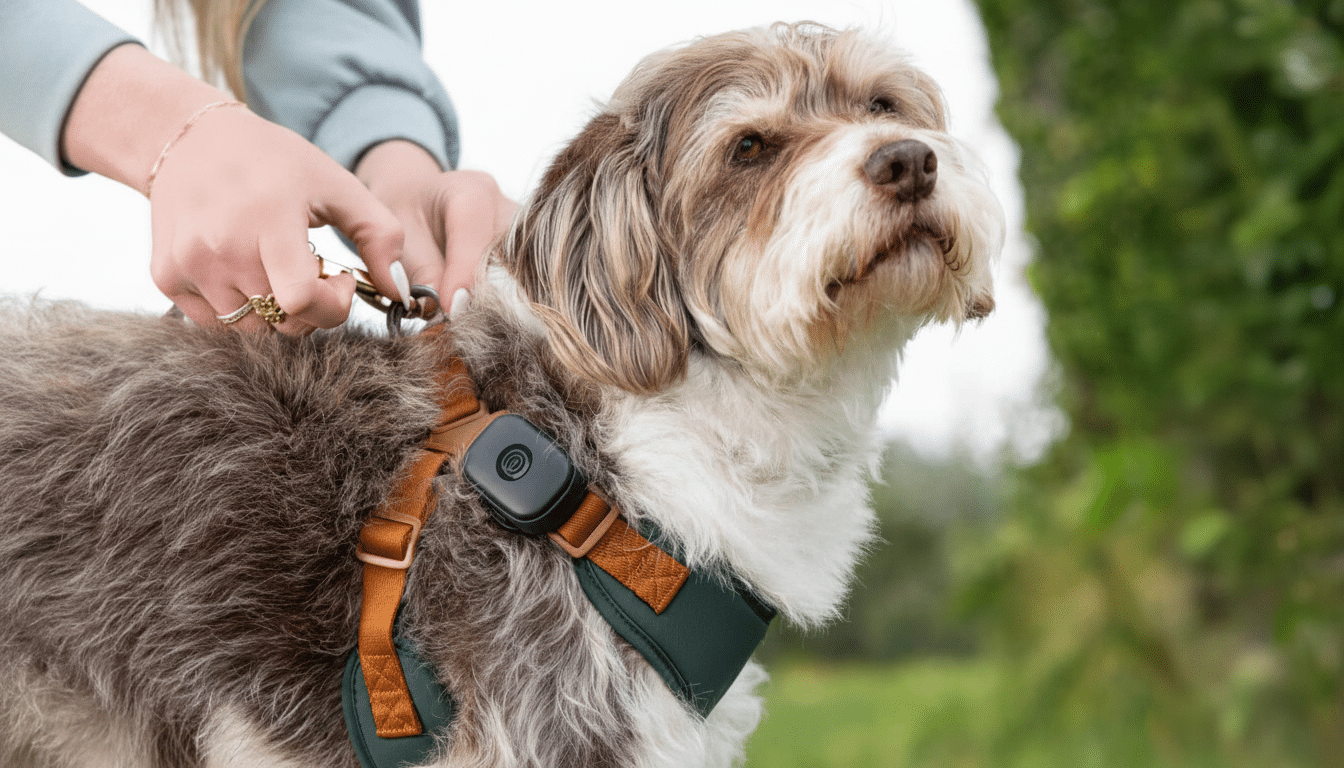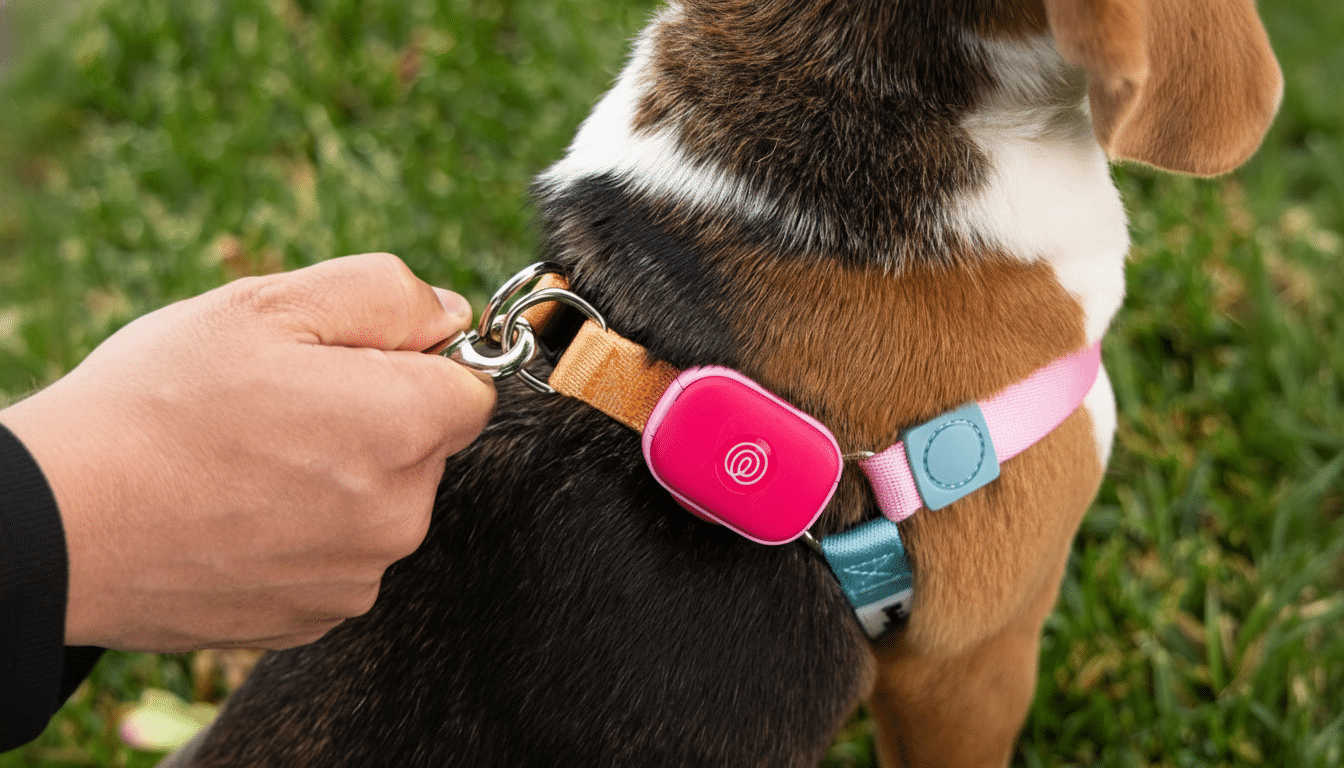Life360 is expanding its family-safety umbrella to add four-legged members with a pet tracker designed to clip onto a collar or harness and broadcast a pet’s location in real time. The device relies on the company’s extensive user network and its acquisition of Tile to provide instantaneous updates, community-recovery tools and runaway-specific features.
A Strategic Step Beyond People And Keys Tracking
For Life360, the move from tracking teens and car trips to monitoring pets represents more a step of evolution than revolution. The company folded Tile’s item-finding capabilities into its app after purchasing the brand in 2021, and adding a pet-specific device formalizes a use case that many families were already trying with run-of-the-mill tags. It also extends a subscription model that makes safety an asset, not just a one-time gadget sale.

The timing dovetails with a spike in pet ownership and spending. According to the American Pet Products Association, about two-thirds of American households have a pet, and industry dollars are increasingly flowing toward connected care. Market researchers at Grand View Research forecast double-digit compound growth in pet wearables through the decade, propelled by GPS collars, health monitoring and services that encase those devices.
Hardware And Network Details For Pet GPS Tracker
At a retail price of $49.99, the Pet GPS combines cellular, GPS, Wi‑Fi and Bluetooth signals to keep a lock on location, with update intervals averaging 2 to 4 seconds while an animal is not at home. That multiradio method is common in the highest-end trackers because it can triangulate more quickly in difficult conditions, from dense neighborhoods to wooded parks.
The device is rated at IP68, so it’s dust-tight and water-resistant enough for puddle stompers and beach chasers. A built-in LED (along with an app-triggered chime) helps owners scan the backyard in the dark or lure a hider out from underneath the couch. Battery life is rated at as long as 14 days per charge in optimal use, and there’s a “Bluetooth Reserve Mode” to keep a pet findable for up to six months without a main battery boost by dialing back power-hungry radios when necessary.
Life360 claims a network of more than 88 million members, a scale it leans on to help connect users to others who might help them track down animals when they disappear through its Pet Finder Network.
Owners can erect geofenced “safe zones” and get escape alerts the moment a dog or cat breaches them. Lost-pet alerts can be sent out including a name, photo, breed and emergency contact to help speed reunions.

How It Compares With Other Pet GPS Trackers
Pet tracking today exists on a spectrum. And there are dedicated GPS collars from companies like Tractive, Whistle and Fi that use cellular networks to generate live maps and geofences, frequently with activity metrics overlaid. Apple’s AirTag, on the other hand, is a Bluetooth tag that depends on nearby iPhones to update its location; Apple has said AirTag was not meant for tracking pets and privacy offerings like anti-stalking alerts can interfere with longer-term following. The Life360 offering sits squarely in the GPS camp while tapping into the scale advantages of a people network.
Battery life is the trade-off to keep an eye on. Some of the competition says they can last multi-weeks or even multi-months on a low setting, but higher-frequency updates and cellular pings drain those players quicker regardless. Life360’s two-tier approach — fast updates on the go, deep reserve mode for emergencies — seeks to meet those needs in one app. The company’s subscription, necessary for full functionality, is category-appropriate: premium features and nationwide connectivity are usually locked behind monthly plans.
Pricing, Availability, And Plans For Life360 Pet GPS
Available in pink, navy and black, the Pet GPS is shipped to customers in the U.S., the U.K., Canada, Australia and New Zealand. All features, including the Pet Finder Network and step-up alerts, are linked to Life360’s paid membership, which is accessible through its Gold or Platinum options. For parents who are already using the app for driving safety or location sharing, it may be an easy add-on under their current subscription umbrella.
Security And Responsible Sharing For Pet Tracking
Location tech always elicits questions about privacy, and pet trackers are no exception. Lost-pet notices featuring a photo and contact information can prompt recovery but should be used judiciously. Life360 has already built anti-abuse features into its system, an approach many companies are taking in the sector as regulators and consumer groups have urged stronger measures. Sharing is still owner-controlled and geofences offer a realistic first line of defense for escapees.
What To Watch As It Rolls Out For Life360 Pet GPS
Real-world performance will depend on coverage and optimization. Urban cellular density is good for making fast updates; rural dead zones may still be an issue even for any GPS collar. If Life360 can turn its people-scale network into meaningfully faster recoveries and doesn’t suddenly start to murder battery life, it will have a fighting chance at breaking a category long dominated by pet-first brands. For families that are already using the app to keep an eye on teenagers and car trips, bringing Fido into the same map proves a familiar tale.

